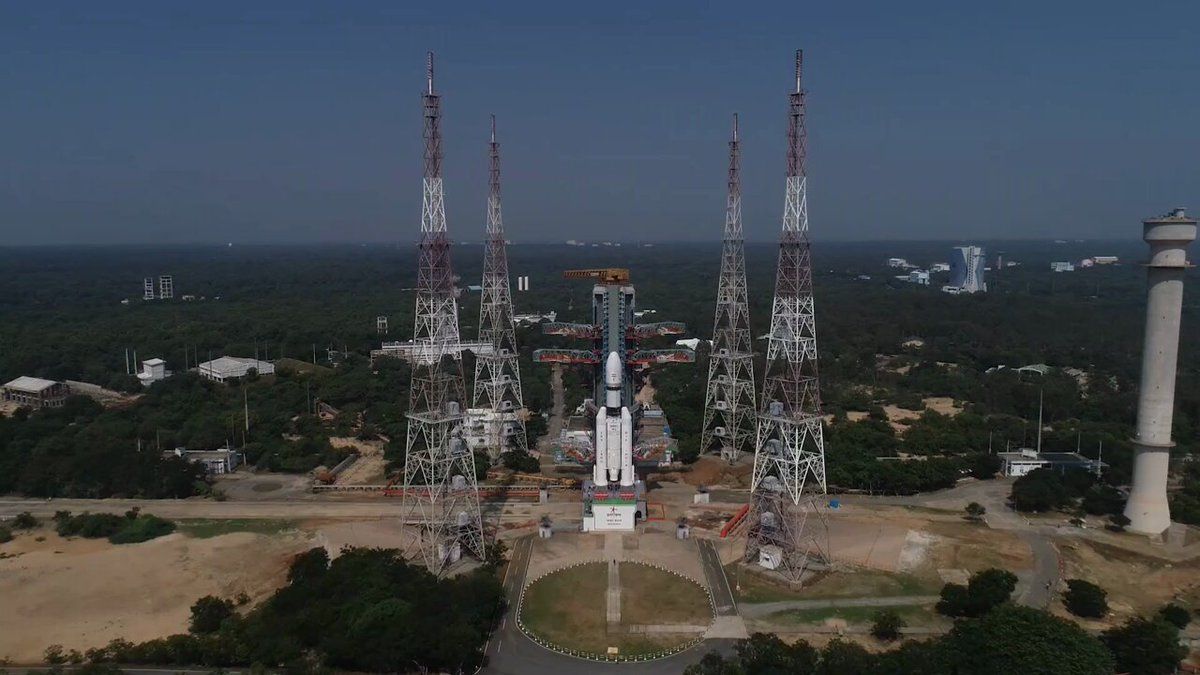ISRO’s 'Bahubali' LVM3-M5 rocket to launch India's heaviest satellite CMS-03 today: When and where to watch

The Indian Space Research Organisation (ISRO) is scheduled to launch the Indian Navy’s GSAT 7R communication satellite, also designated as the CMS-03, on Sunday evening.
The countdown has begun as the CMS-03, said to be India's heaviest communication satellite at 4,100kg, remains mounted on the 43.5-metre-tall Launch Vehicle Mark-III (LVM-3) M5 rocket—nicknamed 'Bahubali', in a reference to its ability to 'carry' the heavy satellite.
The launch will take place from the second launchpad of the Satish Dhawan Space Centre in Andhra Pradesh's Sriharikota, and can be livestreamed from ISRO's YouTube channel.
The livestream will begin from 4:56 PM onwards, offering a glimpse into the final preparations before the LVM-3 M5 lifts off at 5:26 PM.
Featuring two large S200 solid rocket strap-ons to provide a major boost, the 4,000 kg-class LVM-3 has a clean track record, which includes the historic Chandrayaan‑3 mission that saw it land near the Moon's South Pole in 2023—making India the first country to do so.
The CMS-03, developed for the Indian Navy, is expected to provide a major boost for space-based naval communications and maritime capabilities. Many of its indigenous state-of-the-art components were developed specifically to meet the Indian Navy’s operational requirements, the defence ministry has said.
"Its payload includes transponders capable of supporting voice, data, and video links over multiple communication bands. This satellite will significantly enhance connectivity with high-capacity bandwidth, enabling seamless and secure communication links between ships, aircraft, submarines, and Maritime Operations Centres of the Indian Navy," the defence ministry added, in a recent statement.
ALSO READ | CMS-03 satellite launch likely in November. Why this is a major upgrade for Indian Navy's operations, maritime defence
The multi-band military satellite will be launched into a sub-Geosynchronous Transfer Orbit (GTO) of 29,970 km x 170 km from the Earth's surface, enabling it to cover a wide region including India and its naval borders.
Sci/Tech